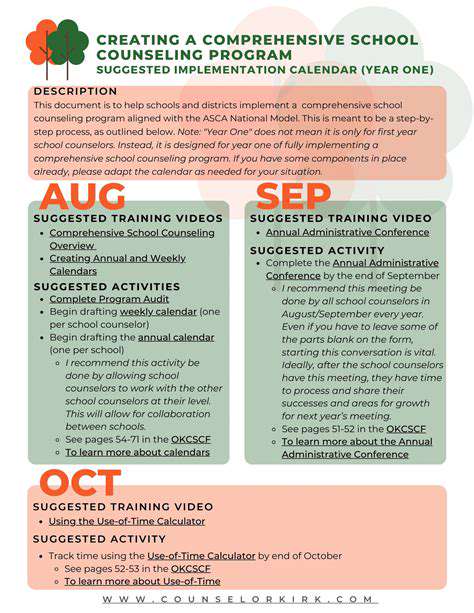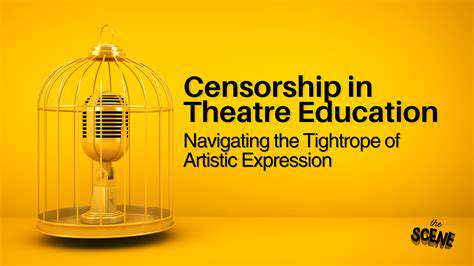World Down Syndrome Day 2025: Celebrating Inclusion and Achievements
The Role of Education in Promoting Inclusion
Inclusive education models benefit all students by fostering environments where differences become strengths. Schools implementing universal design principles often report improved academic outcomes across their entire student body. Teacher training programs emphasizing differentiated instruction techniques create classrooms where diverse learners thrive.
Peer mentorship initiatives yield particularly powerful results. When students collaborate across ability levels, they develop empathy and leadership skills that serve them throughout their careers and personal lives.
The Power of Personal Stories in Changing Perceptions
Authentic storytelling remains one of the most effective tools for challenging stereotypes. Local media partnerships that highlight employees with disabilities succeeding in mainstream workplaces can transform employer attitudes. Community theaters featuring performers of all abilities demonstrate how artistic expression transcends physical or cognitive differences.
Digital platforms amplify these narratives exponentially. A single viral video showcasing someone overcoming employment barriers can inspire thousands of hiring managers to reconsider their recruitment practices.
Advocacy Campaigns and Policy Initiatives
Grassroots advocacy efforts often begin with simple actions - a parent speaking at a school board meeting, a employee requesting workplace accommodations. These individual efforts coalesce into movements that shape legislation like the Americans with Disabilities Act. Modern campaigns increasingly leverage data visualization to demonstrate how inclusion benefits entire economies.
Corporate partnerships add significant momentum. When major employers publicly commit to inclusive hiring practices, they create ripple effects throughout their industries.
Building Inclusive Communities Through Volunteerism
Hands-on volunteer opportunities create natural platforms for relationship-building across ability lines. Community gardens, theater productions, and youth sports programs all provide settings where shared goals transcend differences. Corporate volunteer days structured around inclusive activities often become turning points in workplace culture.
The most impactful programs move beyond occasional participation to create sustained engagement. When community members work side-by-side over months or years, artificial barriers dissolve organically.
Read more about World Down Syndrome Day 2025: Celebrating Inclusion and Achievements
Hot Recommendations
- Hawks vs Hornets: NBA Game Preview, Key Players & Tactical Analysis
- Tornado Watch vs Warning: What’s the Difference and How to Stay Safe
- Alexandra Daddario: Hollywood Career, Iconic Roles & Upcoming Projects
- Wombats in Australia: Fascinating Facts, Conservation Efforts & Where to See Them
- St. Patrick’s Day 2025: History, Festivities & Modern Celebrations
- Fabian Schmidt: Profile, Career Impact & Notable Achievements
- Alex Consani: Profile, Career Highlights, and Notable Achievements
- Vivian Wilson: Profile, Career Milestones & What’s Next
- Harriet Hageman: Political Profile and Impact on National Policy
- Bryant University Basketball: Rising Stars and Season Highlights











